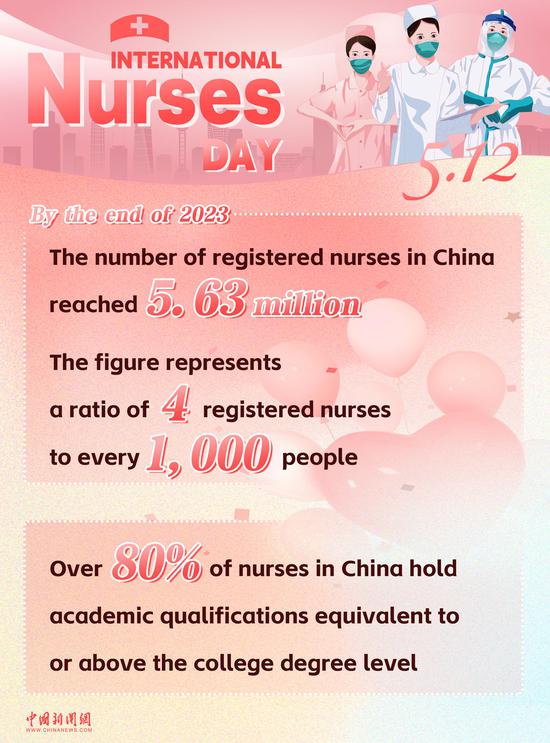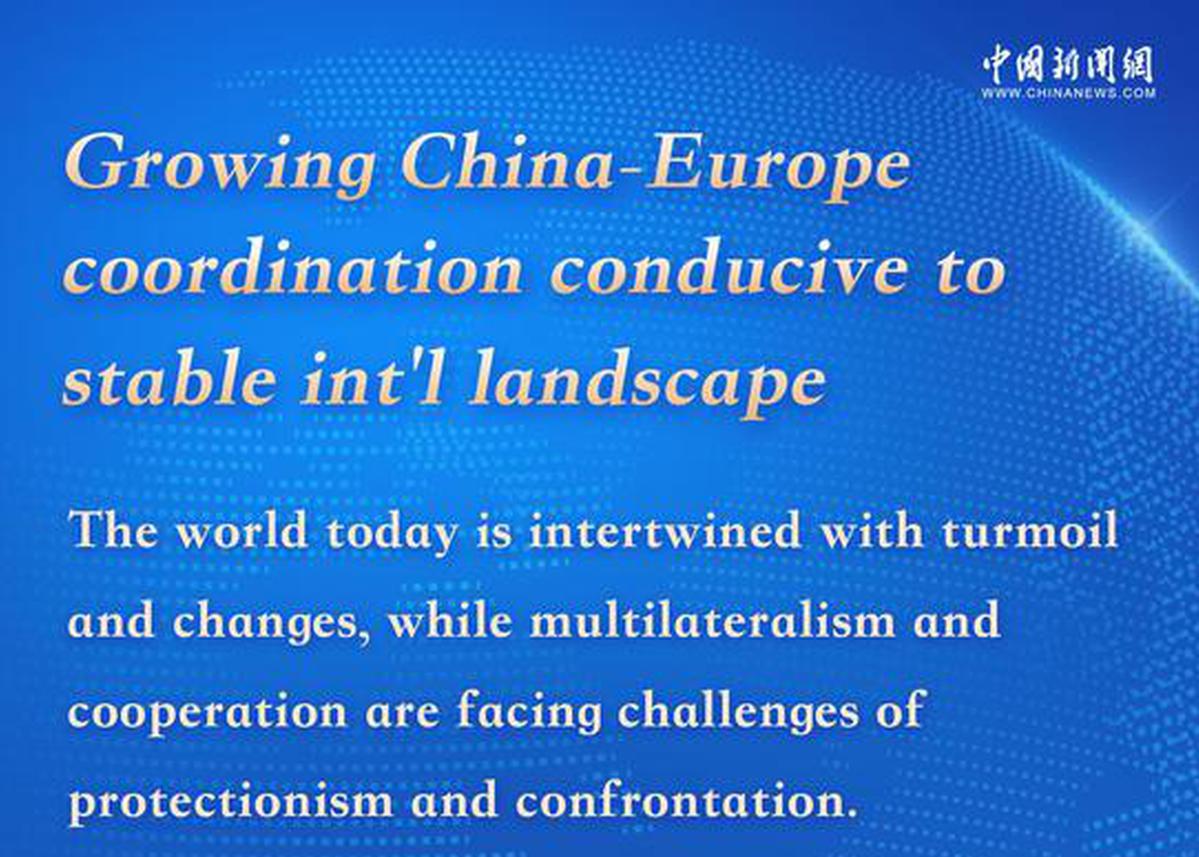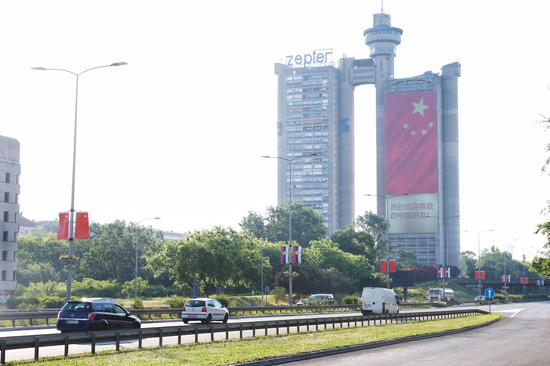Infections with the KP.2 variantan emerging COVID-19 strain suspected of harboring stronger transmissibility — make up an extremely low share of domestic cases at present and the risk of it triggering a fresh outbreak is low, the National Administration of Disease Control and Prevention said on Tuesday.
KP.2, first detected in samples collected from India in January, is an offshoot of the Omicron variant JN.1. The strain has new mutations to the spike protein that could potentially make it more infectious than other descendants of JN.1.
"But current research suggests that its advantage in transmissibility will not be significantly higher than other JN.1 lineages," the administration said.
Worldwide, KP.2 infections began rising in February and it was classified as a variant of interest by the World Health Organization on May 3.
"The share of infections with KP.2 and its lineages is on the rise, growing from 0.16 percent in early January to 14 percent in early May," it said. "In some countries, the proportion of KP.2 cases has reached 10 to 30 percent."
China reported its first KP.2 infections in Guangdong province on March 11. As of May 12, the nation had registered 25 KP.2 cases, accounting for 0.05 to 0.3 percent of weekly cases.
"Considering that KP.2 infections make up a very low share of domestic infections and the epidemic triggered by JN.1 has been contained at a relatively low level, the risk of KP.2 rising to prominence and sparking another wave of infections is low," the administration said.
It added that public health advice against the new variant remains the same, which is maintaining personal hygiene, wearing masks properly and paying attention to lifestyles and diets to enhance immunity.
According to data released by the Chinese Center for Disease Control and Prevention, the positivity rate of COVID-19 fell from 13.5 percent in early April to 5.9 percent earlier this month. The most recent peak was in December, when it reached nearly 50 percent.
Maria Van Kerkhove, acting interim director of the WHO's epidemic and pandemic preparedness and prevention department, told a news briefing on May 8 that about 8 percent of viral sequences shared with the WHO were of the KP.2 variant.
"The prevalence varies by region for lots of different reasons, based on the other waves of infection that have happened, the other variants that have circulated and the amount of circulation of this virus," she said.
Van Kerkhove said the WHO recommends future formulations of vaccines include JN.1 and immunization efforts should prioritize people at the highest risk of developing severe disease.
The emergence of the new variant also underscored the need for continued surveillance of the virus as it continues to circulate and evolve around the globe.


















































 京公网安备 11010202009201号
京公网安备 11010202009201号